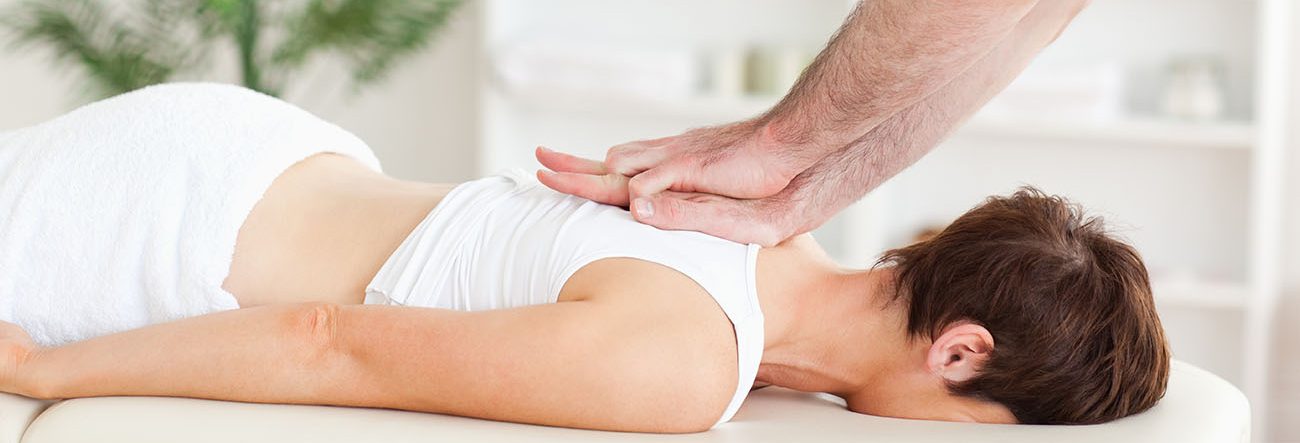Osteopathy
Osteopathic Treatment
Osteopathy is a safe and effective means of diagnosis, treatment, prevention and rehabilitation of a wide range of musculoskeletal disorders. A consultation with an osteopath includes a thorough case history and physical examination: assessing muscles and joints and observing movements. Orthopaedic tests and diagnostic clinical procedures, such as taking blood pressure, are also used to inform the diagnosis and to assess whether referral for further medical investigation is necessary. Treatment is based on manual mobilising and manipulative procedures and massage-type techniques, tailored to the individual patient and reinforced by guidance on diet, lifestyle and exercise.

By law, osteopaths must register with the General Osteopathic Council. The title ‘osteopath’ is protected by law. It is an offence for anyone to call themselves an osteopath if they are not registered.
Commonly treated conditions include: back ache, neck strains and whiplash, migraines and headaches, changes to posture in pregnancy, sports injuries, digestive problems/IBS, jaw and facial pain, repetitive strain injury (RSI), ‘frozen’ shoulder, rheumatic and arthritic symptoms, ‘trapped’ nerves, muscle spasm. Osteopaths’ patients include the young, older people, manual workers, office professionals, pregnant women, children and sports people.
Put simply, osteopaths use manual, ‘hands-on’ techniques to help remove tensions and restrictions in the body. Using a wide range of gentle manual techniques such as deep tissue massage, joint mobilisation, stretching and manipulative techniques, the goal of the osteopathic consultation is to evaluate the quality of physical movement on a local and general level and to restore mobility to restricted areas, be it joint or muscle.